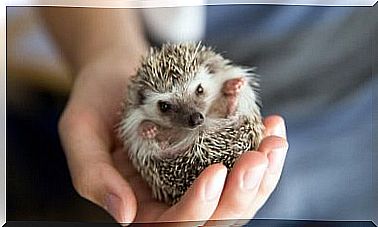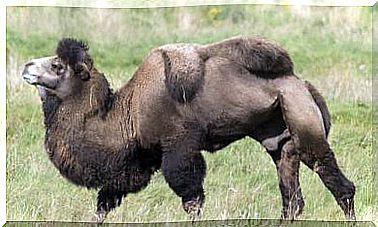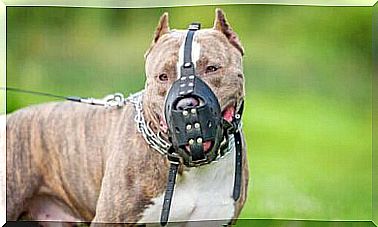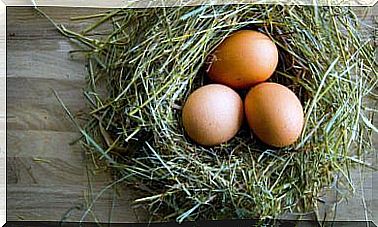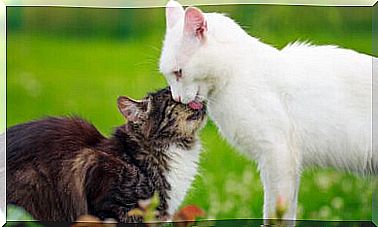Basic Iguana Care
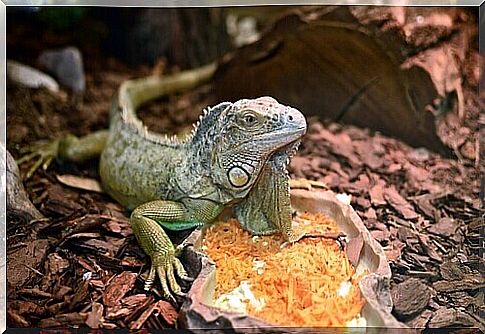
In recent decades, the number of people interested in raising different reptiles as domestic animals has been growing. Having an iguana at home is an example of this.
legal and responsible ownership
The domestic breeding of many reptiles is prohibited to prevent and combat wildlife trafficking. The black market for buying and selling animals is a sad reality that exists in many countries. And it threatens the survival of many species.
Furthermore, it is necessary to take into account that the possession in captivity of species at risk of extinction is considered a crime. The owner can suffer economic sanctions and legal penalties.
Therefore, it is essential to know the origin of the animal and choose with awareness where to acquire it.
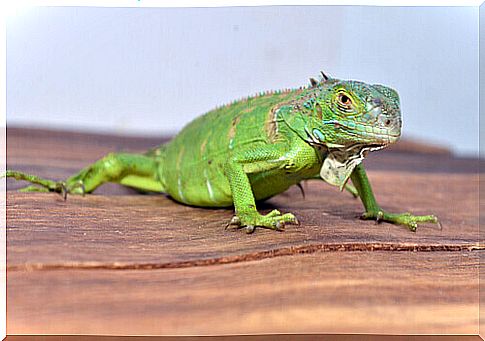
What to consider before choosing an iguana as a pet?
The iguana belongs to the reptile family and is the most common species of lizard bred in captivity. Generally, they live for about 20 years in environments favorable to their development and with good nutrition. The iguana can break free from its tail to escape and regenerate it, but only once. But the skin color and shine won’t be as noticeable as the original tail.
Iguanas have become very popular as a pet in countries across America and Asia. But they may not be the best option for newcomers to lizard breeding. They are large, require a lot of care with their food and can become very territorial as adults.
The financial aspect is also relevant, as iguanas can be very expensive pets. It all starts with the cost of legally acquiring an iguana. But expenses remain high with specialized veterinary care, vitamins and supplements to maintain your health.
One last very important aspect to consciously decide whether or not to have an iguana: reptiles are very independent animals. That’s why they manage to survive in the wild. This means that you shouldn’t buy an iguana expecting it to beg or caress.
Basic iguana care: the ideal terrarium
The first basic iguana care is to prepare the habitat. This means reproducing the optimal conditions for the healthy development of your species.
It all starts with choosing the right terrarium for your reptile. It is highly unadvisable to leave a lizard loose around the house. Especially before he adjusted to his new home.
Iguanas can reach between 1.80 and 2 meters in length in adulthood. However, a “baby” is usually only 20 cm. This means that the terrarium must be prepared for its rapid growth.
Also, every animal needs space to move freely and exercise. It is a fundamental condition to preserve your weight and avoid various diseases.
Therefore, it is recommended that the terrarium is at least 4 times the adult size of your lizard.
The right climate for the domestic reptile
Iguanas come from tropical environments with lots of light and humidity. Therefore, do not hibernate.
To properly raise an iguana in captivity, it is necessary to provide a microclimate, especially during winter.
The ideal climate for your reptile friend should have an air humidity between 70% and 80%. Ideally, they also have a small pool or artificial lake for the animal to cool off, hydrate and respect their customs. Iguanas have a habit of climbing trees and jumping into water when they sense danger.
Temperatures should be between 30 and 40 ºC in summer, and decrease gently in winter. In cold weather, it will be between 25 and 35 ºC. It is also important to gently vary temperatures at night and during the day.
Food: a key factor in basic care
Most diseases of captive-bred iguanas stem from inadequate nutrition. Therefore, feeding is the key factor in basic care for this reptile.
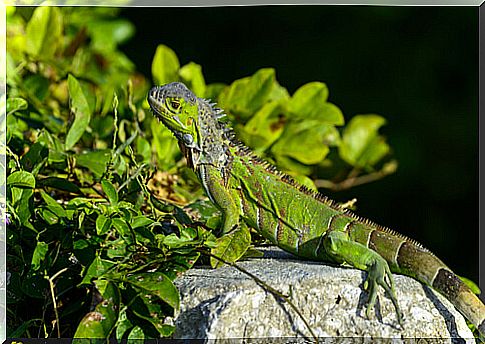
Remember, they are strictly vegetarian. They don’t consume any type of animal protein, much less raw meat.
Diet proportions
- Green vegetables: represent 60% of the diet. Give preference to: broccoli, endives, cabbage, carrot leaves and cauliflower, watercress, parsley, spinach, endive, celery and arugula.
- Vegetables: 25% of the daily diet. The ideal is to mix corn, carrots, potatoes, beets and peas.
- Fruits: represent 15% of the diet. A tropical mix includes apples, pear, melon, banana, orange, papaya, mango, watermelon, fig, etc.
- Calcium: Captive iguanas may need to take calcium supplements to supplement their natural diet.

